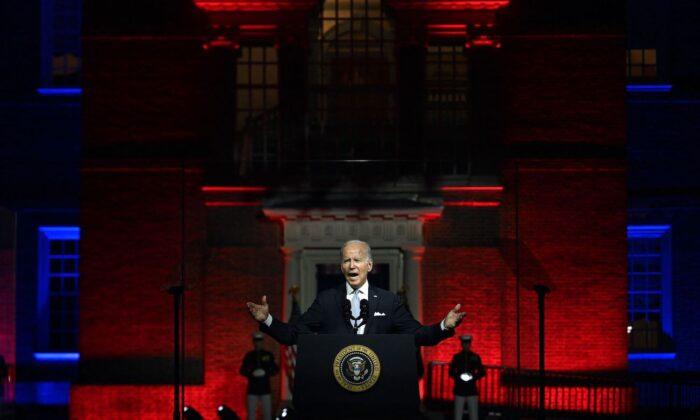“It was the best of times, it was the worst of times, it was the age of wisdom, it was the age of foolishness, it was the epoch of belief, it was the epoch of incredulity, it was the season of light, it was the season of darkness, it was the spring of hope, it was the winter of despair.” — Charles Dickens, “A Tale of Two Cities.”We all recognize the dichotomies Dickens ascribes to the period of the French Revolution in the way people and governments are responding to our present pandemic.
We are all subject to the temptation to look for news that confirms what we already think. Policy options and medical treatments may look more or less promising, based less on evidence than on what we think of those proposing them.
I want to suggest a way to think about and discuss with others the problem we face and the alternatives for addressing it.
It’s a more systematic approach than we commonly employ in everyday discussions, but one less driven by emotion, unexamined assumptions, and preconceived solutions. It asks, as a policy analyst might, how we should define and structure the problem, what alternatives we want to consider and what criteria we will use to select one, what relevant evidence we can gather, what trade-offs we must consider, and what outcomes we project. At each step there are traps to avoid.
Going through this process may make us less, not more certain about what “they” should be doing, less blinded by partisanship, more aware of what we don’t know, and more inclined to the virtue of humility.
What Is the Problem?
We all want the pandemic to end. It seems simple enough. To end as soon as possible, with as few deaths as possible, with the least damage to economic and social life or mental health, in a way that does not leave us at the mercy of future waves of the epidemic with no more protection than before? Or what?One mistake here is to define the solution into the problem. For example, if we define the problem as a lack of testing, the solution will be more testing, and we will know we have succeeded when ample testing occurs. But testing was not the problem, it was a solution we had in mind for a problem.
Gathering Evidence
What evidence is there that can reduce the substantial uncertainty in which policymakers must make their decisions? In determining the best policy option to pursue, all governments rely on evidence about what is happening and where.Individuals lack these kinds of resources. We get our information from unreliable and partisan media sources. The president’s press briefings attract large audiences, but are controversial with most of the broadcast media. Except for Fox News, the media ignore or cut away from them.
Alternatives
Having defined the problem and gathered evidence as best we can, we ask what the most promising policy alternatives are for addressing the underlying problem as we have defined it.The problem itself may change its definition as the pandemic goes through its course, new resources become available, and measures to mitigate or suppress the disease take effect. Several countries, such as Italy, Israel, and the UK are already under a national lockdown. At first the period of lockdown varies from two weeks to a month, but the period is typically extended and its requirements become more stringent. How to get out of it?
The question of an exit strategy, as in wartime, becomes inescapable as the struggle continues and economic and social life are disrupted, with no end in sight. Demoralization, doubt, and disobedience set in.
All the proposed British exit strategies involve waiting until the virus has peaked and the number of deaths have begun to fall. They range from waiting it out in national lockdown until an effective treatment or vaccine is available, possibly early next year; through an intermittent rolling release as fatality rates decline in different parts of the country; expanded programs of testing, contact tracing, and isolation or quarantine; to requiring those who are old or with underlying health conditions to remain in place while others return to normal work and life.
Choosing
Clarifying the problem and identifying a number of alternatives are only the first steps in a policy analysis that culminates in a good decision.How do we choose among the shortlist of alternatives we have selected—from a potentially infinite number we could imagine—as worth closer analysis?
Now we have to select the criteria we will use to assess our alternatives, project the outcomes or impact of each of them, and consider the trade-offs involved, before making our decision. I take up these steps in my next column.
Most mistakes in policy analysis, as in philosophy (as Wittgenstein said), come from moving too quickly, jumping over steps in the process, and leaping to the conclusion (often the one we started with or the one backed by whatever leader we support on other grounds).





